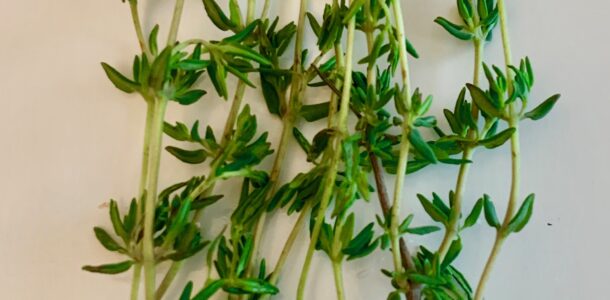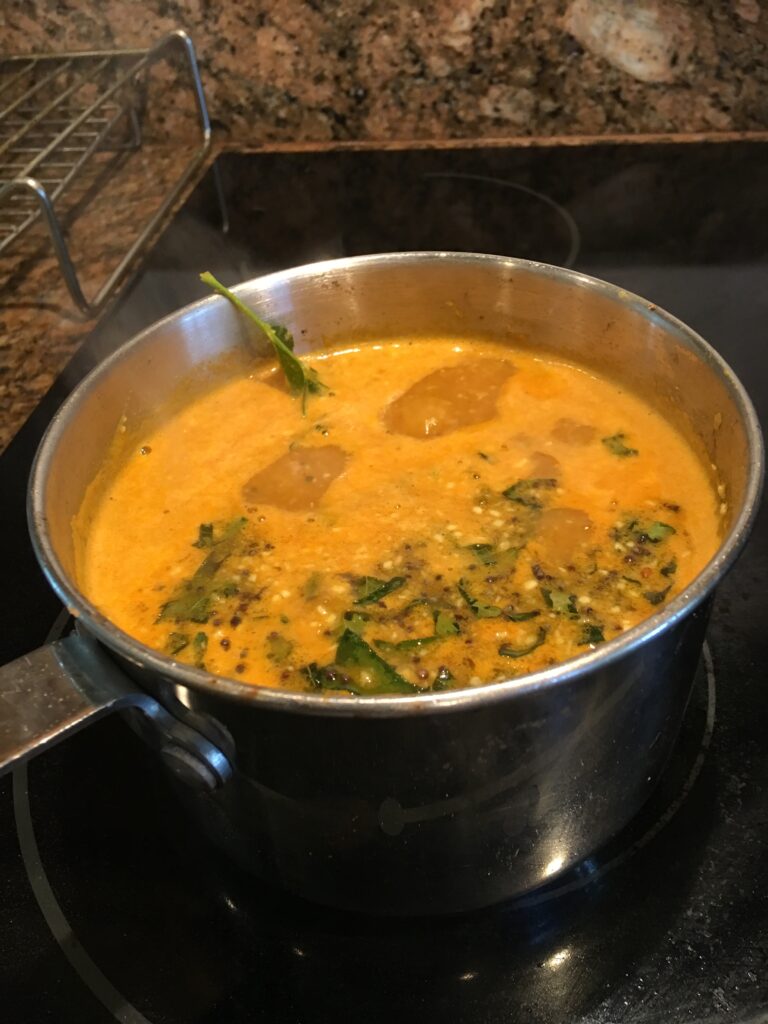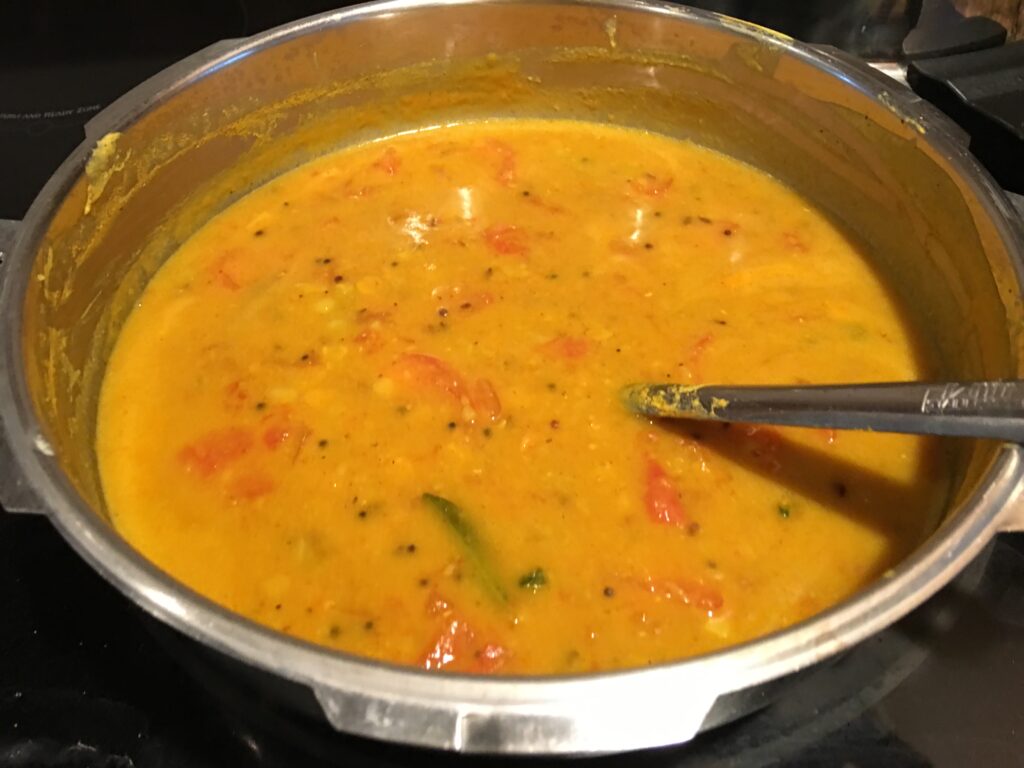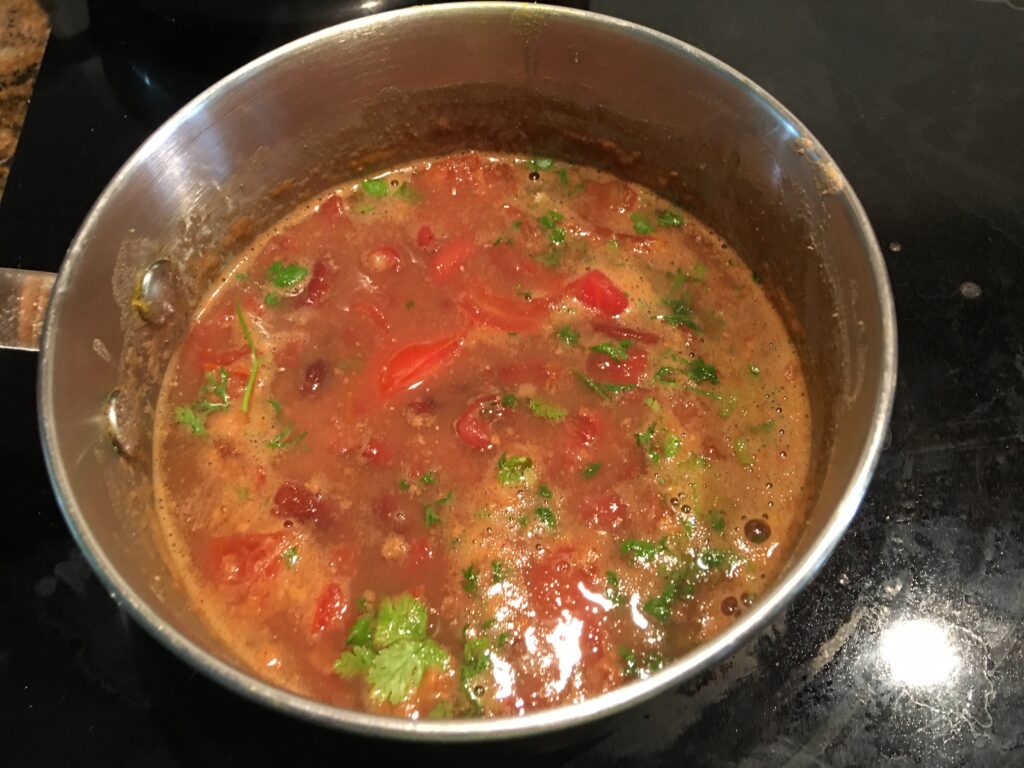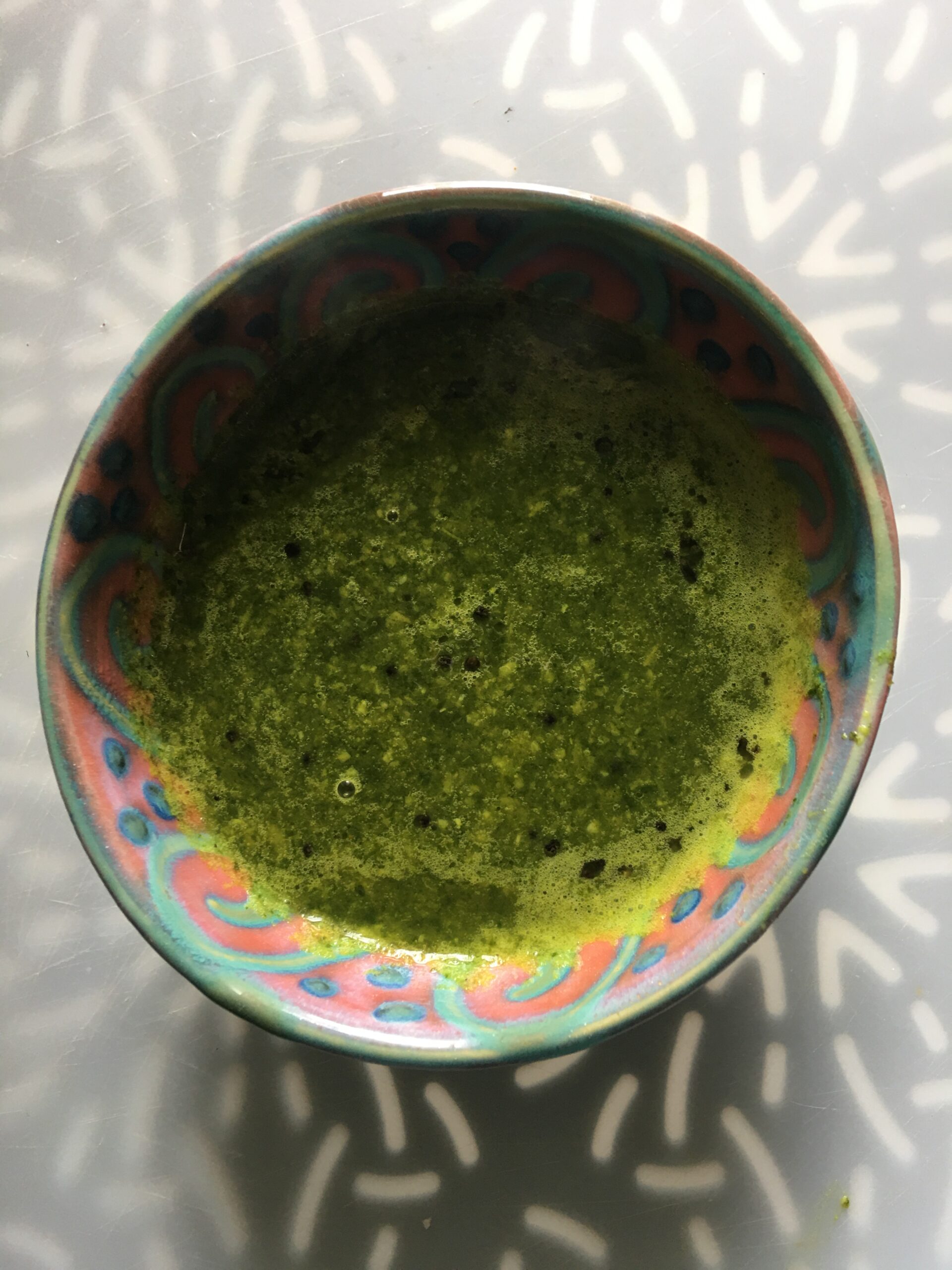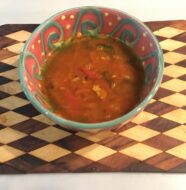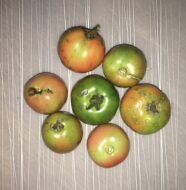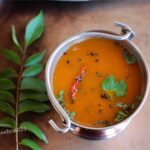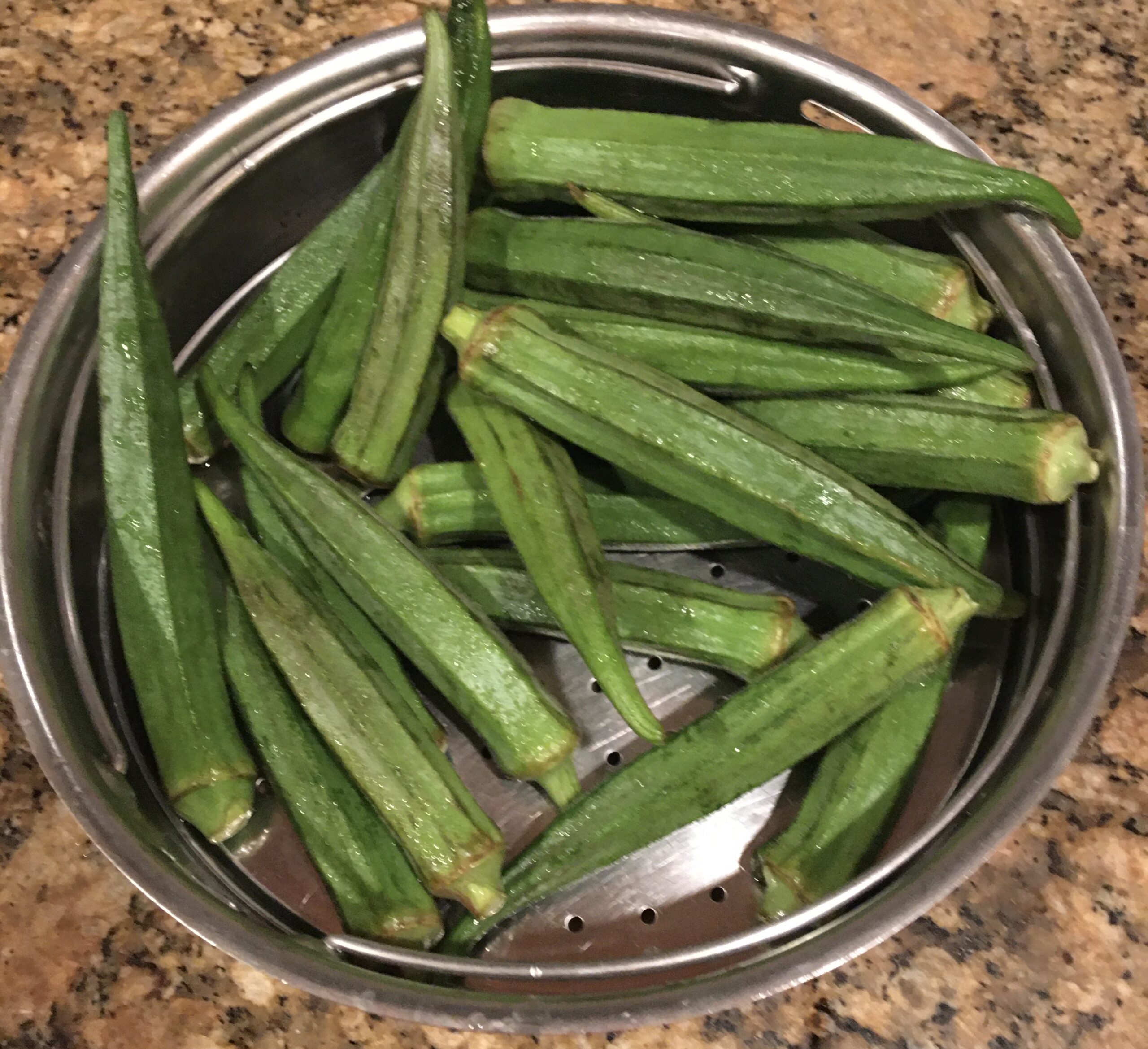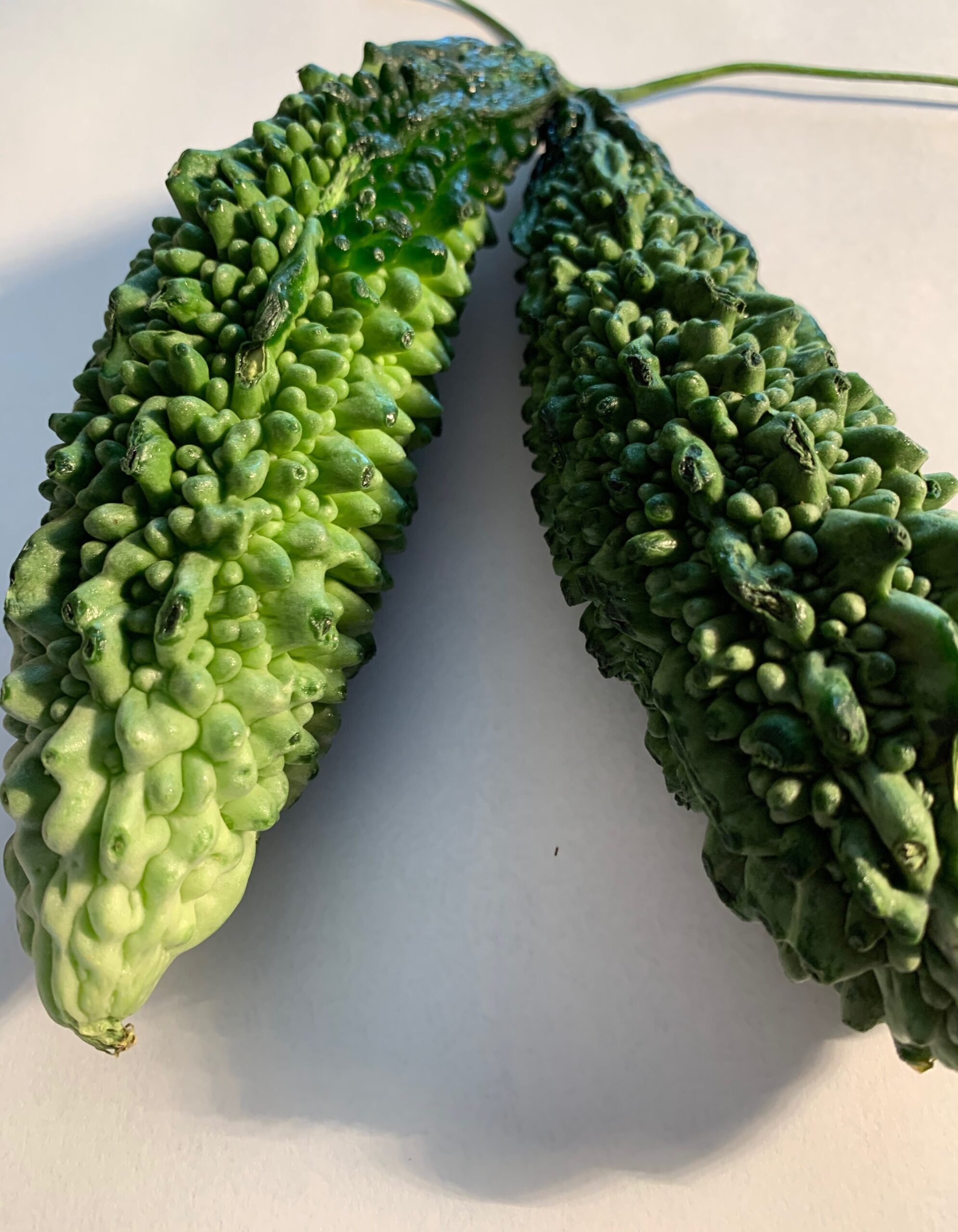Thyme is a culinary and medicinal herb of the genus Thymus with the scientific name “Thymus Vulgaris”. The essential oil of thyme is made up of 20-54% thymol, an antiseptic that is the main active ingredient in Listerine mouthwash. It was used to medicate bandages before the advent of antibiotics. It is effective in treating the fungus on toenails. It can also be found in all-natural alcohol-free hand sanitizers.
Thyme is often used to flavor stews & soups, baked in cupcakes & cookies. Thyme is easily dried, refrigerated, frozen, or preserved in oil or vinegar.
Growing Thyme provides an anchor in an herb garden. It even makes a patch of ground cover. Plant Thyme at the edge of a walk, along a short garden wall, on steps, or in containers. The flowers open in spring and summer, sprinkling the plant with tiny two-lipped blossoms that attract bees. It can be annual or perennial.
Thyme can be harvested through the winter where it is evergreen. German thyme and lemon thyme are 2 varieties.
https://bonnieplants.com/how-to-grow/growing-thyme/
History: Ancient Egyptians used thyme for embalming. The ancient Greeks used it in their baths and to burn incense. Romans spread its usage throughout Europe as they used it to purify their rooms and to give an aromatic flavor to cheese and liquors. During the European middle ages, thyme was placed under the pillow to aid sleep and ward off nightmares. Women would also give knights and warriors gifts that included thyme leaves as it was believed to bring courage to the bearer. Thyme was also used as incense and placed on coffins during funerals as it was supposed to assure passage into the next life.
https://www.justapinch.com/recipes/dessert/cookies/thyme-uses-and-three-recipes.html
Thyme Recipes
Thyme-n-Lemon Rasam
Lemon Thyme Rice
Thyme Naan / Parathas
Nutrition Facts of Thyme (Thymus Vulgaris)
| GI=;GL= | Minerals | Vitamins |
| Energy 101 cal – 5% | Sodium – 9 mg – 0.5% | Folates 45mug – 11% |
| Carb. 24.45 -18 % | Potassium 609mg – 13% | Niacin 1.824mg – 11% |
| Protein 5.56g – 10% | Calcium 405mg – 40.5 % | Pantothenic acid 0.409mg – 8% |
| Total fat 1.68g – 8.4% | Iron 17.45 mg – 218% | Pyridoxine o.308mg – 27% |
| Cholesterol 0 mg – 0% | Magnesium 160mg – 40% | Riboflavin 0.471- 36% |
| Dietary Fiber 14g – 37% | Manganese 1.719 mg- 75% | Thiamin 0.48mg – 4% |
| Zinc 1.81mg – 16.5 % | Vitamin A – 4751IU – 158% | |
| Vitamin C – 160.1mg – 266% |
Health Benefits of Thyme
- Thyme: According to a 2018 report thyme exhibits antimicrobial, antioxidant, anti carcinogenesis, anti-inflammatory, and antispasmodic activities. The principal component of thymus Vulgaris extract and thyme oil is thymol which gives its antiseptic properties. Thymol is commonly used in mouthwashes and toothpaste. Thymol also kills fungi and is commercially added to hand sanitizers and antifungal creams
- Thyme enhances immune response: More than 70% of the immune system resides in the digestive tract. Immune response diminishes when we eat refined carbohydrates which cause inflammation of the intestinal wall and the onset of colorectal cancer. You can reduce digestive inflammation by adding thyme to your meals. Its potent anti-inflammatory properties help to clear digestive inflammation (bloating and gas). When the gastrointestinal system is in a better state of health our immune response improves, increasing our resistance against infection and disease.
- Thyme can reduce Blood pressure: Thyme oil extract helps to reduce symptoms of hypertension such as high heart rate.
- Thyme can soothe a cough: Thyme oil helps remove symptoms of a cough and soothe irritation in your throat. Infusing the oil into a cup of green tea will provide relief a few minutes after drinking the tea.
Spice Power in Rasam powder
- Coriander seeds: rich in immune-boosting antioxidants, may help lower blood sugar, may benefit heart health, may protect brain health, may promote digestion and gut health, and may fight infections,
- Cumin seeds: a rich source of iron, promotes digestion, may help with diabetes, may improve cholesterol, may fight weight loss and fat reduction, may fight food borne illness, and may help with drug dependence.
- Black peppercorns: have anti-inflammatory properties, high in antioxidants, may benefit the brain, may lower blood cholesterol levels, may improve blood sugar control, may have cancer-fighting properties
- Red chili: a rich source of vitamin C; the Capsaicin in it provides pain relief, and may increase fat burning to increase weight loss,
- Turmeric: dramatically increases the antioxidant capacity of the body. Curcumin is a natural anti-inflammatory compound that boosts brain-derived Neurotrophic factors linked to improved brain function and lower risk of brain diseases.
- Curry leaves: eliminates bacteria, relieves morning sickness and nausea, reduces stress, good for eyes and diabetics, heals wounds, burns, and helps treat dysentery, constipation, and diarrhea.
- Asafetida powder: acts as a medicine for stomach problems including bloating and gas, irritable bowel syndrome, intestinal worms, and flatulence due to its antispasmodic and anti-inflammatory properties that help alleviate such issues.
- Pigeon peas (split): boosts energy, prevents anemia, improves growth and development, helps in weight loss, and reduces inflammation.
- Chickpeas (split): legume consumption at every meal is associated with cancer prevention, a slimmer waist, and lower blood pressure. Random trials have shown it may match or beat out calorie cutting for slimming tummy fat as well as improving blood sugar regulation, insulin levels, and cholesterol.
Method to make Homemade Rasam Powder
- Take whole condiments and dry them in the sun.
- Heat a suitable iron skillet and dry roast each spice separately for a few minutes on a medium to low flame. Place each roasted spice in a separate dish to cool.
- Roast coriander seeds for about 3 minutes until it emits an aroma and turns light brown.
- Heat the lentils together for about 2 min. until they darken slightly. Look out for over burning as they can easily turn black.
- Roast the cumin seeds for only 30 seconds.
- Heat the turmeric powder after turning the heat off for a few seconds.
- Don’t breathe deeply while roasting the red chilies last for 1 min.
- Warm the curry leaves in the hot pan
- Grind all ingredients together; mix asafetida powder and store in a container.
Method to make Thyme-n-Lemon Rasam
- Boil 2 cups water and cook mung lentils with turmeric in a saucepan with oil for 20 min.
- Rinse and halve cherry tomatoes and boil them with spices for 10 min.
- Mash cooked lentils with 1cup water and add to tomato Rasam.
- Bring to a boil. Remove from heat as the sauce froths up.
- Heat ghee in a small frying pan; add mustard and cumin seeds. Pour on Rasam when seeds pop up.
- Squeeze lemon juice and add to the sauce.
- Garnish with chopped Thyme leaves.
TIPS
Save time: Substitute tomato with fresh/canned pineapple or orange segment
Variation: Substitiute mung dal with Pigeon peas (Tuvar) or Orange lentils (Masoor dal)

